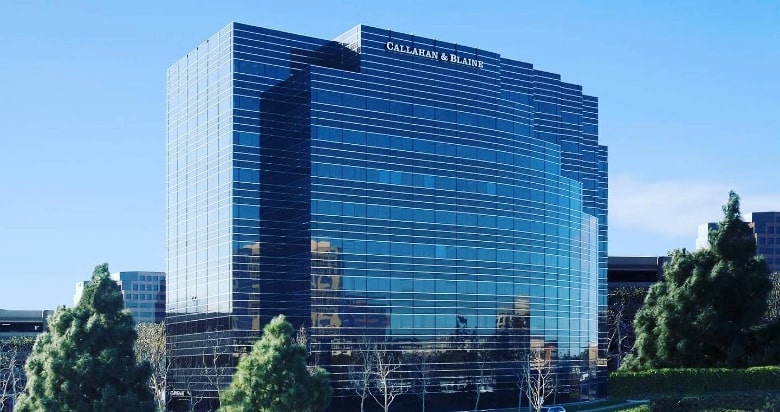The last thing any person expects is that they will be involved in an accident with a vehicle that has no driver. However, as technology advances, various companies have been working on perfecting self-driving cars. Ultimately, the theory is that these vehicles will be safer than vehicles operated with drivers behind the wheel. However, as companies work to perfect this technology, who is responsible for the self-driving cars if an accident occurs? Here, we want to discuss liability as well as what you should do if you have been involved in a crash with a self-driving vehicle.
Liability for Self-Driving Cars
Self-driving cars under longer theoretical. They are becoming a reality. However, these vehicles are still being thoroughly tested throughout the United States. Self-driving cars seek to address one of the leading causes of death in the country – vehicle accidents.
The general idea is that most vehicle accidents are caused by human error and that vehicles operating completely through computers and artificial intelligence will be involved in fewer accidents. However, that does not mean that there will be no accidents involving self-driving cars. In 2018, a woman was hit by a self-driving Uber vehicle as she wheeled her bicycle across a street in Tempe, Arizona.
In that particular crash, a self-driving vehicle was being tested by Uber, but there was a driver in the driver’s seat who was supposed to stop the vehicle before any potential collision was about to occur. However, the test driver, in this case, was distracted by her phone and failed to take the steps necessary to stop the vehicle.
Authorities have charged the Uber driver with negligent homicide, and that case is ongoing. Uber will not face criminal charges for the case.
Uber is certainly not the only company working on self-driving vehicles. Google has worked extensively on a self-driving platform called Waymo, and various auto companies have selected this platform to help power their self-driving vehicles in the future.
While these vehicles are in testing phases, liability for any accidents will fall to the companies responsible for the testing programs. However, after these vehicles become commercially available, insurance carriers for the at-fault drivers will likely be responsible for paying these claims. If a crash occurs because of a flaw in the self-driving vehicle or software, the company or manufacturer may still hold liability.
What About Semi-Autonomous Vehicles?
There are various types of semi-autonomous vehicles on the roadway today. In some cases, these semi-autonomous vehicles revolve around enhanced cruise control, steering, and braking systems. However, there are some very advanced semi-autonomous vehicles, including those manufactured by Tesla. When a person is operating a Tesla in a semi-autonomous mode, they are supposed to remain in the driver’s seat and be able to regain control of the vehicle at any time.
There have been numerous reports about Tesla drivers falling asleep behind the wheel or otherwise ignoring the roadway while the vehicle drives itself. In April of 2021, two men were killed after the Tesla they were riding in crashed and caught fire while neither of the men were in control of the vehicle at the time.
When crashes like this occur, liability will typically fall to the driver who was supposed to be responsible for the vehicle at the time the collision occurred. Again, an exception to this would be if there was a flaw in the vehicle itself or the software that caused a collision to occur. In these cases, the vehicle company or manufacturer may be held liable. If you’ve been involved in an accident involving a self-driving vehicle, speak with one of our Irvine car accident lawyers today.

